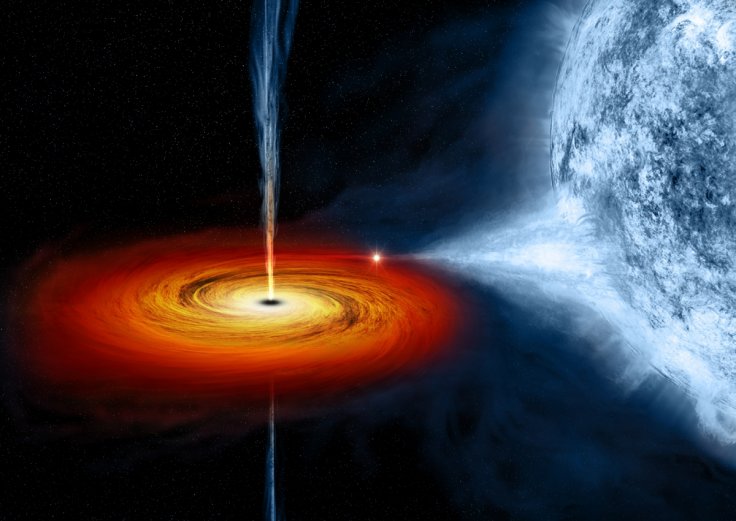A couple of scientists released a study debunking the discovery of the monster black hole that was discovered in 2019. The scientists claimed that the mass of the black hole, which was regarded as the biggest one ever discovered, was measured inaccurately.
The new study was made by scientists from the KU Leuven Institute of Astronomy in Belgium. It was published in the journal Nature.
Biggest Black Hole Ever Discovered

For the study, the scientists focused on the discovery of a monster black hole in November last year. According to a study on the black hole, which was also published in the journal Nature, the massive cosmic object was discovered in a binary system inhabited by a star known as LB-1.
It was discovered by a team of scientists led by Jifeng Liu of the National Astronomical Observatory of China (NAOC) of the Chinese Academy of Sciences.
Monster Black Hole's Unbelievable Mass

Observations on the system revealed that the star, which has eight solar masses, was orbiting a massive black hole that was about 70 times more massive than the Sun. The scientists theorized that the black hole was formed when a massive star collapsed under the weight of its own gravity.
The discovery immediately drew the attention of the scientific community due to the impressive size of the black hole. Usually, black holes that were formed following the collapse of a star were only about 20 to 30 solar masses. However, as other scientists began to investigate the LB-1 system, they eventually discovered that the monster black hole might not be real.
Debunking The Monster Black Hole
Recently, scientists Michael Abdul-Masih and Hugues Sana of KU Leuven Institute of Astronomy released a new paper debunking the existence of the massive black hole. By observing the black hole using the Flemish Mercator telescope at La Palma in the Canary Islands, they learned that the scientists who discovered the LB-1 black hole might have used the wrong signal to measure its mass.
As noted by Abdul-Masih and Sana, the signal came from the motion of the system's star and not the black hole. "Once we take into account the motion of the B-type star spectrum, the signal used to calculate the high mass of the (putative) black hole disappears and no indication of a high-mass black hole is left in the data," Sana told Space.com.









